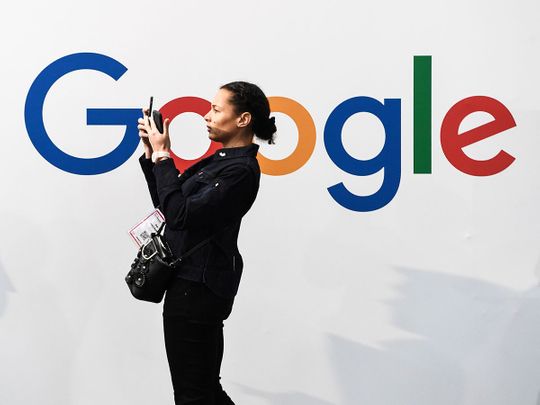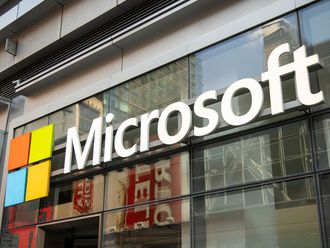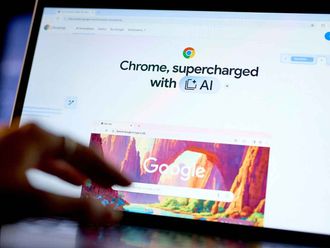
SAN FRANCISCO: Google said on Tuesday it would stop charging merchants to place products on its Google Shopping search page as it looks to win e-commerce advertising business from Amazon.com Inc and other online retailers, just as they are struggling to supply customers with some items due to the coronavirus pandemic.
The move is the latest effort by Google to reinvigorate its Shopping service, which has been largely eclipsed by Amazon.com, where most online shoppers now start searches for products and merchants pay to feature prominently.
What's happening now
Google, part of Alphabet Inc, has up to now charged merchants whose products appear when users click on the Shopping tab on Google’s search engine.
Amazon, for its part, charges merchants only to promote items high on searches -- but takes a cut of their sales, is increasingly eating into that business.
Google's counterpunch
By adopting a system akin to Amazon’s, Google is hoping more merchants will put their products on its service, which will attract more shoppers and ultimately increase ad revenue as merchants vie to be featured.
“If you work with the ecosystem, there will be monetization opportunities that come on top of that,” Google’s president of commerce Bill Ready told Reuters in an interview.
The new policy had been in the works for some time, Ready said, but was brought forward as some stores struggle to find buyers because of the virus. Some merchants said they lost sales during the outbreak when Amazon.com stopped offering fast shipping on some products so it could prioritize what it called essential items.
Google’s plan will take effect next week in the United States and by the end of the year globally.
‘Amazon compete’
Google executives have debated for months how best to push back against Amazon.com, rejecting the idea of spending billions of dollars to revamp the Google Shopping service, according to previously unreported accounts from 12 current and former high-ranking staff.
Staffers last year explored partnerships with delivery companies to match Amazon’s speedy shipping, but did not get the go-ahead from top executives to strike a deal, one source said.
Amazon has invested heavily in stocking warehouses and delivery drivers at the expense of its gross profit margins, which stand at about 40 cents on every dollar of revenue, according to Refinitiv data.
Google, which has no experience of such a physically intensive delivery operation, balked at a similar type of investment, which would cut its profit margins of about 60 cents per dollar of revenue, three sources said.
“It’s daunting the amount of capital and expertise it would take to run such a business, and even if you’re successful, are you just going to be No. 2?” said Jon Venverloh, who left Google last summer after 18 years, including some time as a director on Shopping.
Google declined to comment beyond Tuesday’s announcement.
Amazon’s tenfold surge in online ad sales over the last five years to 4% of the global market compared to Google’s 32% has created what some financial analysts call Google’s greatest-ever threat.








